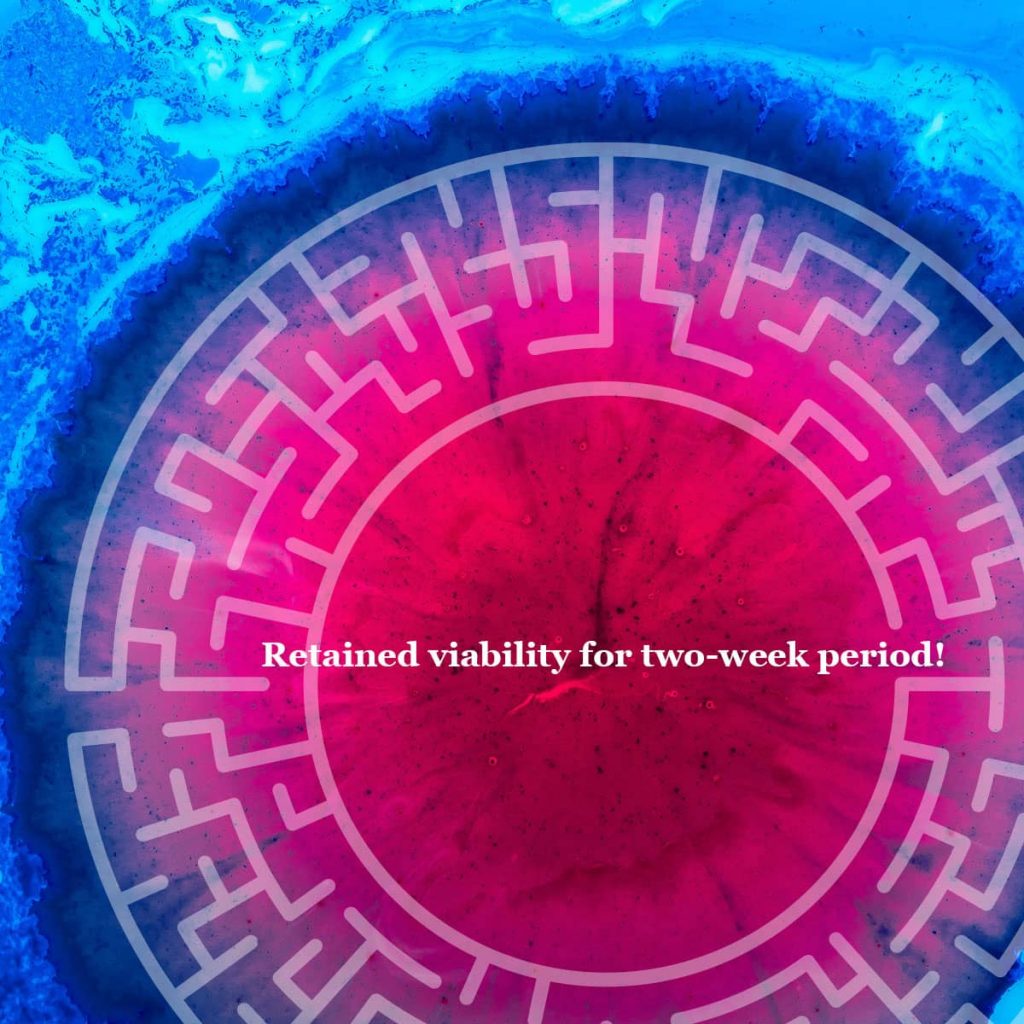Summary: A recently published study by Experimentica Ltd. and its collaborators from the University of Tampere, Finland, shows that when the functional and morphological read-outs of retinal explant cultures are combined, it creates a valuable tool for studying retinal viability & degeneration, establishing a novel platform on which to test new therapeutic applications, aimed at treating […]

Content
A recently published study by Experimentica Ltd. and its collaborators from the University of Tampere, Finland, shows that when the functional and morphological read-outs of retinal explant cultures are combined, it creates a valuable tool for studying retinal viability & degeneration, establishing a novel platform on which to test new therapeutic applications, aimed at treating disorders of this organ.

Retinal explant cultures provide an ex vivo model for experiments aimed at examining the function of this tissue. The major advantage of the explant cultures over in vitro cell cultures is that many of the cell types, as well as their morphological interactions and relationships remain intact. These features enable experiments to be performed efficiently and rapidly in a reproducible and manipulative manner, better reflecting conditions in vivo.
Until now, most of the evidence on structural and, presumably, functional alterations of retinal tissue, in a cultured environment, has been obtained from post-mortem histological studies. Therefore, our aim in a recently published Investigative Ophthalmology & Visual Science paper was to monitor the morphological preservation and functional integrity of retinal neurons under ex vivo conditions.
As would be expected, distinct temporal changes in retinal morphology, as well as in cellular function, during the ex vivo follow-up were observed. The functional activity of both photoreceptor and retinal ganglion cells (PRCs and RGCs, respectively) diminished over time and accompanied by an increased number of apoptotic cells during the follow-up. Nevertheless, it was found that RGCs preserved their spontaneous activity during the whole 14-day follow-up period and light-evoked RGC activity was detected up to 7 days under, ex vivo conditions. Additionally, the RGCs correlated well morphologically with their situation in vivo.
To conclude, our study indicates that organotypic retinal tissue cultures can be used for early drug discovery, unlocking the opportunities for the treatment of previously untreatable diseases that cause blindness.
Full reference:
Alarautalahti V, Ragauskas S, Hakkarainen JJ, Uusitalo-Järvinen H, Uusitalo H, Hyttinen J, Kalesnykas G, Nymark S. Viability of Mouse Retinal Explant Cultures Assessed by Preservation of Functionality and Morphology. Investigative Ophthalmology & Visual Science May 2019, Vol.60, 1914-1927. doi:10.1167/iovs.18-25156
Contact for media enquiries:
Dr. Leona Damalakiene
Director R&D Operations
Experimentica Ltd.
Phone: +370 (686) 14 280
Email: leona@experimentica.com



